A literary work built up with parallel citations is apt to grow in the compass of the author himself, from his encyclopaedic scholarship. This revised edition of one of Coomaraswamy’s most significant writings is now being issued by incorporating his own additions to the printed first edition of 1942.
The Indian theory of government is expounded on the basis of the textual sources, mainly of the Brahmanas and the Rigveda. The mantra in the Aitareya Brahmana VIII.27, by which the priest addresses the king, spells out the relation between the spiritual and the temporal power. This "marriage formula" has its analogous applications in the cosmic, political, family and individual spheres of operation, in each by the conjunction of complementary agencies.
The welfare of the community in each case depends upon a succession of obediences and loyalties; that of the subjects to the dual control of king and priest, that of the king to the priest, and that of all to the principle of an External Law (dharma) as king of kings. The king is such by Divine Right, but by no means, an absolute monarch. He may do only what is correct under the Law. Self-control is the sine qua non for the successful government of others; the primary victory is that of the Inner Man.
“The application is to the ‘king’, the ‘man of action’ and ‘artist’ in any domain whatever. There is nothing that can be truly and well done or made except by the man in whom the marriage of the Sacerdotium (brahma) and the Regnum (ksatra) has been consummated, nor can any peace be made except by those who have made their peace with themselves.”

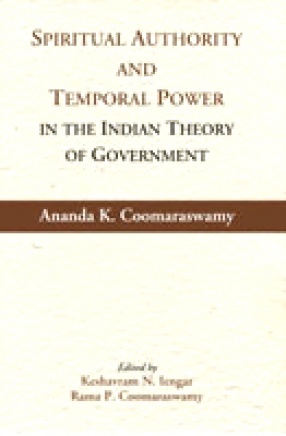
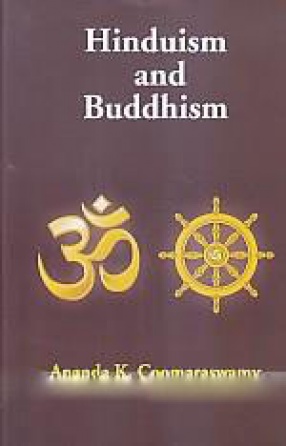
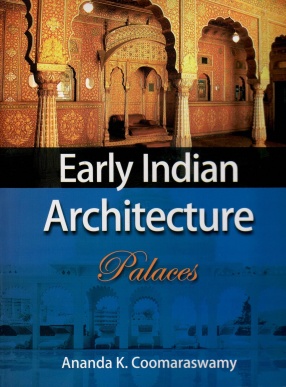
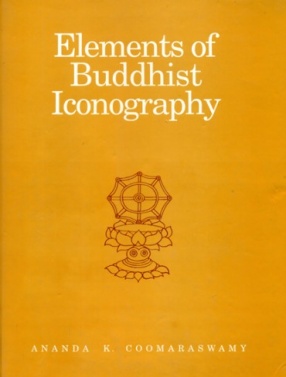
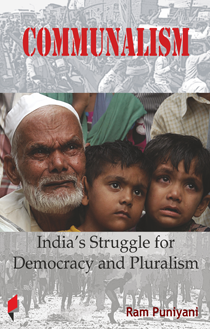
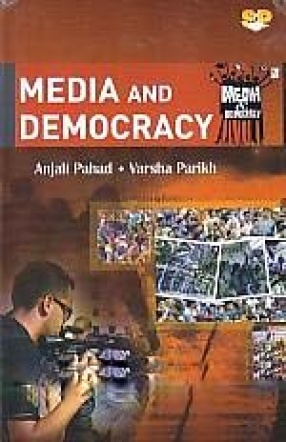
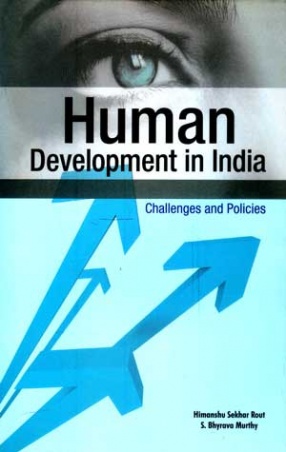
There are no reviews yet.